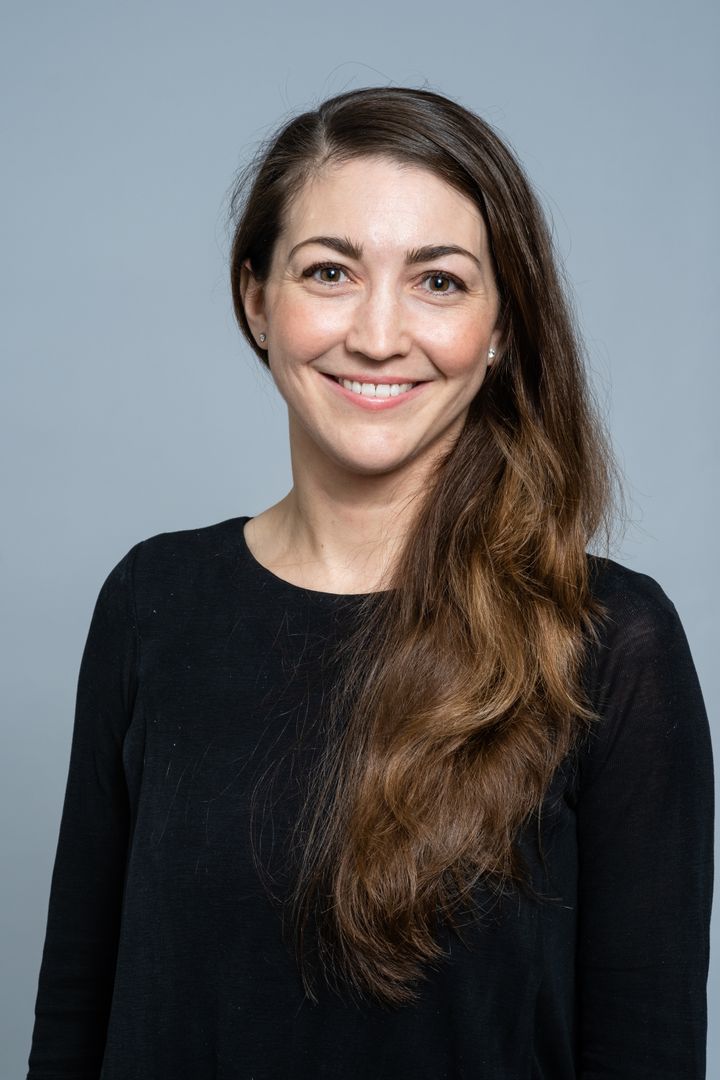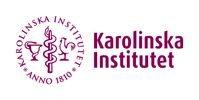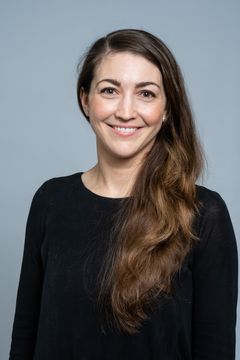New method is better able to map immune response and paves way for new treatments
A new method, developed at Karolinska Institutet, KTH Royal Institute of Technology and SciLifeLab in Sweden, can identify unique immune cell receptors and their location in tissue, a study published in the journal Science reports. The researchers predict that the method will improve the ability to identify which immune cells contribute to disease processes and open up opportunities to develop novel therapies for numerous diseases.

Immune cells such as T and B cells are central to the body’s defence against both infections and tumours. Both types of immune cells express unique receptors that specifically recognise different parts of unwanted and foreign elements, such as bacteria, viruses and tumours. Each immune cell and its progeny has its own specific receptors, and in each human body there are billions of different immune cells with unique receptors.
Researchers at Karolinska Institutet, KTH Royal Institute of Technology and SciLifeLab have now developed a method that is able to both identify the different B and T cell receptors and reveal their location in human tissue.
Many areas of application
“Since activated immune cells are often found close to the targets that they attack, we want to be able to map the cells that are indeed closest to a tumour or infection,” says Camilla Engblom, assistant professor at the Department of Medicine (Solna), Karolinska Institutet and one of the study’s three lead authors along with Kim Thrane, KTH/SciLifeLab, and Qirong Lin, Karolinska Institutet. “It hasn’t been possible to identify both B och T cell receptors in their microenvironments using previous methods.”
According to Dr Engblom, there is a wide range of areas in which the new technique can be put to clinical use in the future.
“In cancer, the method can identify T cells that potentially attack the tumour,” she says. “They could then be used as cell therapy against cancer. We can also identify unique receptors on the B cells that are released as antibodies in specific areas of the tumour. These antibodies can be produced in the lab with relative ease and eventually give rise to novel therapies. Another field is autoimmune diseases, where the immune system attacks healthy tissue. The new technique could be used to identify the immune cells that do this and increase the chances of finding exactly what it is they attack.”
An important step forward
Jeff Mold, one of the principal investigators of the study and researcher at the Department of Cell and Molecular Biology at Karolinska Institutet, sees the new method as an important step forward.
“Identifying these unique immune receptors is like trying to find a needle in a haystack, especially when it comes to autoimmune diseases,” he says. “With most current methods, you destroy the tissue, which means not only that you get different immune cells mixed up, but also that some cells die in the process. With this method, we preserve the cells where they are and we can see cells that would otherwise have been lost.”
Dr Mold believes that the ability to identify B cells is arguably the main benefit of this new method.
“T cells have been a popular research target, while the B cells have been a little overlooked, especially in cancer,” he says. “But now we can track how B cells develop and expand direct in tissue.”
The study was financed by the Swedish Research Council, the Swedish Cancer Society and the EU research and innovation programme Horizon 2020.
Potential conflicts of interest: Camilla Engblom, Kim Thrane, Jeff Mold, Jonas Frisén, Joakim Lundeberg and Qirong Lin are inventors of a patent that covers this work. Camilla Engblom, Kim Thrane, Qirong Lin, Alma Andersson, Hosein Toosi, Sami Saarenpää, Jeff Mold, Joakim Lundeberg and Jonas Frisén are scientific consultants for 10x Genomics, which holds intellectual property rights to this technology. Jeff Mold holds shares in Pacific Biosciences.
Facts: Spatial transcriptomics of immune cells
The method of spatial transcriptomics was developed in 2016 by professors Jonas Frisén at Karolinska Institutet and Joakim Lundeberg at KTH Royal Institute of Technology, who are co-authors of this study. It was named “Method of the Year 2020” by the journal Nature Methods. The new method is an upgrade of the original method that now makes it possible for researchers to map the immune cells’ receptors and their exact location in tissue, which was previously not possible to do for B and T cells at the same time. Source: Camilla Engblom and Jeff Mold.
Publication: “Spatial transcriptomics of B cell and T cell receptors reveals lymphocyte clonal dynamics”, Camilla Engblom, Kim Thrane, Qirong Lin, Alma Andersson, Hosein Toosi, Xinsong Chen, Embla Steiner, Chang Lu, Giulia Mantovani, Michael Hagemann-Jensen, Sami Saarenpää, Mattias Jangard, Julio Saez-Rodriguez, Jakob Michaëlsson, Johan Hartman, Jens Lagergren, Jeff Mold, Joakim Lundeberg, Jonas Frisén. Science, online 7 December 2023, doi: 10.1126/science.adf8486.
Contacts
For more information, please contact:
Jeff Mold, researcher
Department of Cell and Molecular Biology, Karolinska Institutet
jeff.mold@ki.se
+46 72 325 25 47
Language: English
Camilla Engblom, assistant professor
Department of Medicine (Solna), Karolinska Institutet
camilla.engblom@ki.se
+46 76 557 31 82
Language: English, Swedish
Images
Karolinska Institutet (https://ki.se/en) is one of the world’s leading medical universities. Our vision is to advance knowledge about life and strive towards better health for all. Karolinska Institutet accounts for the single largest share of all academic medical research conducted in Sweden and offers the country’s broadest range of education in medicine and health sciences. The Nobel Assembly at Karolinska Institutet selects the Nobel laureates in Physiology or Medicine.
Subscribe to releases from Karolinska Institutet - English
Subscribe to all the latest releases from Karolinska Institutet - English by registering your e-mail address below. You can unsubscribe at any time.
Latest releases from Karolinska Institutet - English
New method reveals how the brain and inner ear are formed3.4.2025 20:00:00 CEST | Pressmeddelande
Researchers at Karolinska Institutet have developed a method that shows how the nervous system and sensory organs are formed in an embryo. By labelling stem cells with a genetic ‘barcode’, they have been able to follow the cells’ developmental journey and discover how the inner ear is formed in mice. The discovery, published in Science, could provide important insights for future treatment of hearing loss.
Fluoride in drinking water is associated with impaired childhood cognition7.3.2025 15:30:00 CET | Pressmeddelande
Elevated concentrations of fluoride can occur in well water, and in some countries, it is added to drinking water to counteract caries in the population. A study from Karolinska Institutet in Sweden now supports a few previous studies indicating that exposure to fluoride during the fetal stage or early childhood may impair cognition in children. The study is published in the journal Environmental Health Perspectives.
Children with ARFID face increased risk of disease17.2.2025 17:00:00 CET | Pressmeddelande
Children with avoidant restrictive food intake disorder (ARFID) have an elevated risk of developing psychiatric and physical conditions, a new study from Karolinska Institutet published in JAMA Pediatrics reports. The study highlights the importance of early identification to improve care of these children.
Preterm babies receive insufficient pain management27.1.2025 15:29:17 CET | Pressmeddelande
A large proportion of babies born very early need intensive care, which can be painful. But the healthcare system fails to provide pain relief to the full extent. This is shown by the largest survey to date of pain in neonatal care, now published in the journal Pain.
New study paves way for immunotherapies tailored for childhood cancers20.1.2025 17:00:00 CET | Pressmeddelande
Researchers at Karolinska Institutet and the Astrid Lindgren Children’s Hospital in Sweden have determined how children’s immune systems react to different kinds of cancer depending on their age. The study, which is published in the journal Cell, reveals significant differences between the immune response of children and adults, and has the potential to lead to new tailored treatments for children with cancer.
In our pressroom you can read all our latest releases, find our press contacts, images, documents and other relevant information about us.
Visit our pressroom

